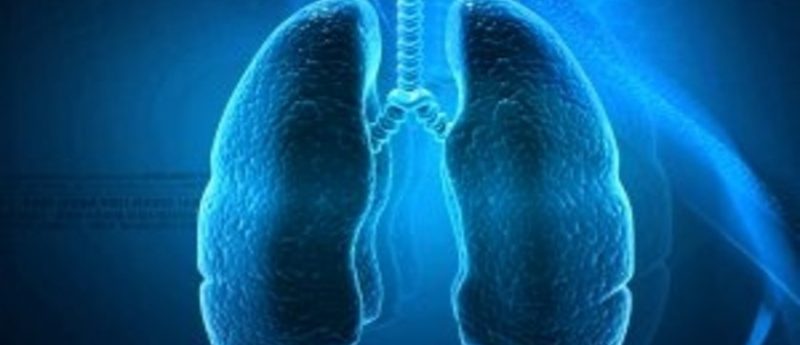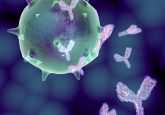Concurrent chemo and proton therapy: A way forward for inoperable lung cancer patients?

A study at the University of Texas MD Anderson Cancer Center (TX, USA) has indicated that patients with advanced inoperable stage 3 lung cancer can benefit from an improved rate of survival when undergoing concurrent chemotherapy and proton therapy, a specialized radiation treatment.
Researchers reported an overall survival rate of 26.5 months with concurrent chemotherapy and proton therapy. The results are a significant improvement on the historical standard care rate of 16 months at the time of the study’s conception, more than a decade ago at MD Anderson in 2006. The research has been published in JAMA Oncology.
Joe Y. Chang (MD Anderson Cancer Center), the study’s corresponding author, explained that the results represent the longest follow-up of stage 3 lung cancer patients, receiving proton therapy, to date. “Advanced lung cancer patients with inoperable disease traditionally have been treated with concurrent chemotherapy and conventional photon radiation therapy. However, the therapy can be very difficult for patients due to associated toxicities and because many patients are also dealing with comorbidities.”
For the Phase II trial, 64 patients with inoperable, stage 3 non-small-cell lung cancer were enrolled. Researchers hypothesized that the median overall survival rate would increase from 16 to 24 months. The results beat the hypothesis, with the median overall survival rate at 5 years standing at 26.5 months. 39 patients experienced relapse, though the vast majority of recurrence, at 62%, occurred in distant sites, comparative to local and regional rates at 16 and 14% respectively.
The proton therapy is effective at delivering energy direct to the tumour, reducing the effect on cardiopulmonary structures, thereby affecting the quality of life and potentially survival for patients. The study’s outcomes remain favorable in comparison to the most advanced traditional photon radiation therapy. However, the ability of intensity modulated radiation therapy technology to diagnose and stage lung cancer, alongside all treatment modalities, has improved significantly during the period of their research.
Chang also acknowledged advances in the fields of cancer biology and immunotherapy, recognizing each as an important area of research, in conjunction with proton therapy. “Obviously, the technology has improved dramatically over the last decade and has made a significant impact on diagnosis and staging. Also, delivery of both the conventional intensity-modulated radiation therapy and proton therapy, have improved, thereby reducing side effects for both treatment modalities.”
Notably, no patients involved in the study developed the most severe grade five toxicities, as has been observed in patients receiving standard care. Late acute toxic effects include esophagitis, pneumonitis and cardiac arrhythmia.
Lung cancer is the leading cause of cancer death, regardless of gender, in the US. The American Cancer Society indicates that more than 222,500 people will be diagnosed in 2017, while a further 155,870 will die from the disease. The majority of people are still being diagnosed in the advanced stages of the illness.
Sources: Chang JY, Verma V, Li M et al. Proton beam radiotherapy and concurrent chemotherapy for unresectable stage III non–small-cell lung cancer. JAMA Oncology; DOI: 10.1001/jamaoncol.2017.2032 (2017); Eureka alert press release


